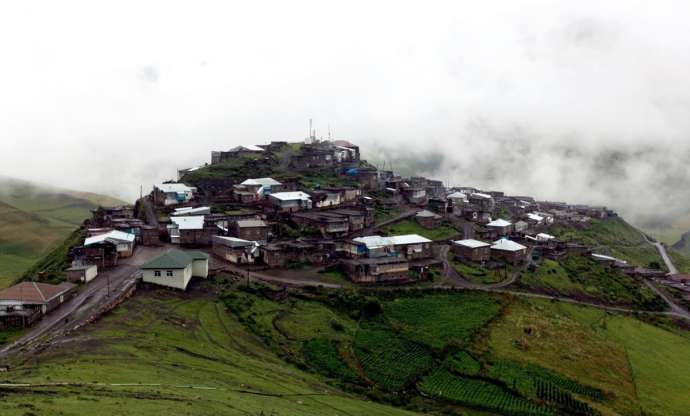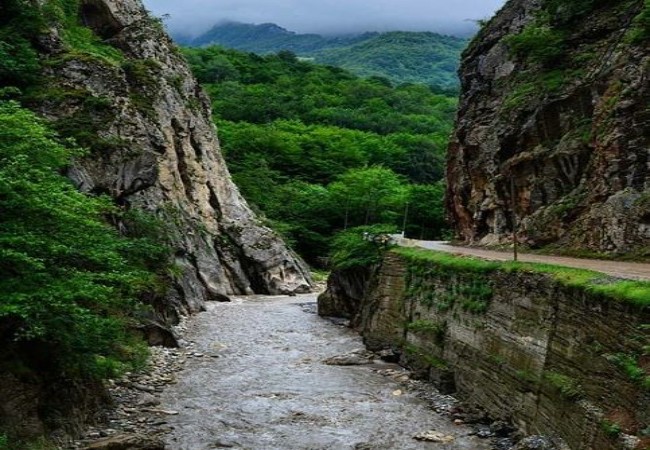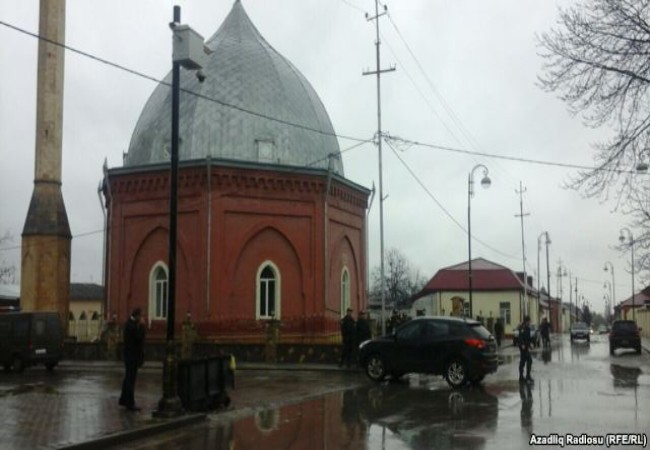The Arched Bridge in Quba
The Gudyalchay arched bridge is the only extant bridge of the seven that existed in Guba region from the 17th-19th centuries. The history of this lengthy bridge in 1894 and design by Alexander III to strengthen Russia’s military presence in the Caucasus.
It is 275 metres long and its 14 spans, 8 metres in width, with baked brick.
The multiple span construction was the bridge even through strong mud flows and flooding that raise the water level. This 19th century bridge is the only one of this design in Azerbaijan.
The area is rich in natural and historical monuments. It is an ideal place for those who prefer to relax in nature.
Khinalig is a unique high mountain village. So the villagers form a separate ethnographic group with their own language.
There are about 380 houses in the village 200-300 years.
Another mountain village not far from Khinalyn is the village of Gryz, Tallagalti valley, which is included in the list of “Azerbaijan nature monuments” on the shores of Valvalachay, Afurca waterfall in Afurca village, Lake Nugadi Lake, Chingeling lake.
Guba is also home to the famous Red Settlement, one of the largest Jewish communities in the world.
Aqbil tombs (16th century), Subaba tomb in Alpan village (16th century), mosque and minaret in First Nugadi village (XVII-XIX centuries), zodiac in Khinalig village, Mountain bridge over Kudyalchay, etc. is one of the architectural monuments located in the area.
So in the village of Khinalig, the largest mountain village in Europe, there is the temple of the ninth century, the 19th century Sakina khanum, the Haji Jafar and Juma mosques, the Gumbazli bath, and the Alamu castle and historical mosque in the Rustov village.
Guba is already known for its apples, which have become symbols.
Because more than 40 varieties of apples are grown here.
In addition, Guba is a well-known carpet center. Traditional Guba carpets – Chichi, White roses, Pirabadil – are world famous carpet types. The decorations of Guba carpets are plants and sometimes animal motifs of geometric patterns.





